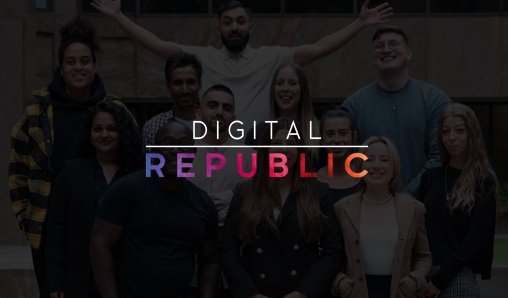
COVID-19 To Accelerate Use of Digital Payment Technology
The global shift towards digital and cashless payments has increased over recent years.
For example, investments in payments related fintech have been double that of other technology investments across the financial services space.
However, according to a new report by the Emerging Payments Association (EPA EU), The European Payments Landscape in Perspective: 2020 Report, this trend will be accelerated as a result of the COVID-19 pandemic.
The report, which was commissioned by Luxembourg for Finance, finds that the pandemic will accelerate the pace of change in the structure of the industry.
For example, it suggests that the changes that have resulted from the spread of coronavirus are pushing what were once powerful disruptors, such as credit or debit cards, to become disrupted.
This is amplified by new solutions, such as digital wallets, gaining traction worldwide, particularly with a younger demographic.
However, says the EPA, while this will bring undoubted change, it will also present challenges for financial services providers.
 For example, it argues that global providers must place greater emphasis on the use, and protection of personal data.
For example, it argues that global providers must place greater emphasis on the use, and protection of personal data.
So too must they ensure an effective and robust cross-border interoperability is in place.
In the report, the EPA claims that “change – in financial services generally, and payments in particular – is happening so fast, there are no guarantees as to what the future will look like.”
It explains that COVID-19 will hasten the shift from card payments at POS to contactless digital wallets, both in-store and online.
It also points to the broader disruption faced by incumbents and other institutions.
This includes, for example, being under threat from digital-only or neobanks such as Monzo, Revolut and N26, and the changing, customer-centric approach that is bringing success to such businesses.
Some of the report’s key findings include that the European picture is fragmented. Debit cards are still the preferred method of payment in Europe for all age groups, says the EPA.
If this is to change, local networks and solutions need to be interoperable and frictionless across the EU.
In the US, the report points to the rise of services such as Apple Pay, suggesting that more traditional credit and debit providers are under attack from big tech and nimble digital players.
It claims that Apple Pay, for example, is now accepted by 60% of US retail locations and the digital account-to-account payment scheme, Trustly, saw a US growth of approximately 600% last year.
CEO of Luxembourg for Finance, Nicolas Mackel said: “The switch to digital payments looks set to happen much quicker than the shift to cards did in the past.
“The method of payment is becoming less important than the platform used, to the extent of becoming invisible. This report highlights the countries that have been early movers and are demonstrating best practice in the payments space.”
Originally posted by Matt High
If you found this blog interesting, check out this one too.
Are you a digital practitioner who has got more questions than answers during these uncertain times? Contact us submitting a quick form here. We are here to support you!
Digital analytics, cloud, data science, programmatic or optimisation expert, and looking for a job at the moment? Check out our latest live vacancies here




